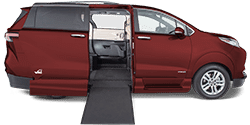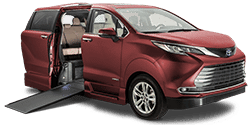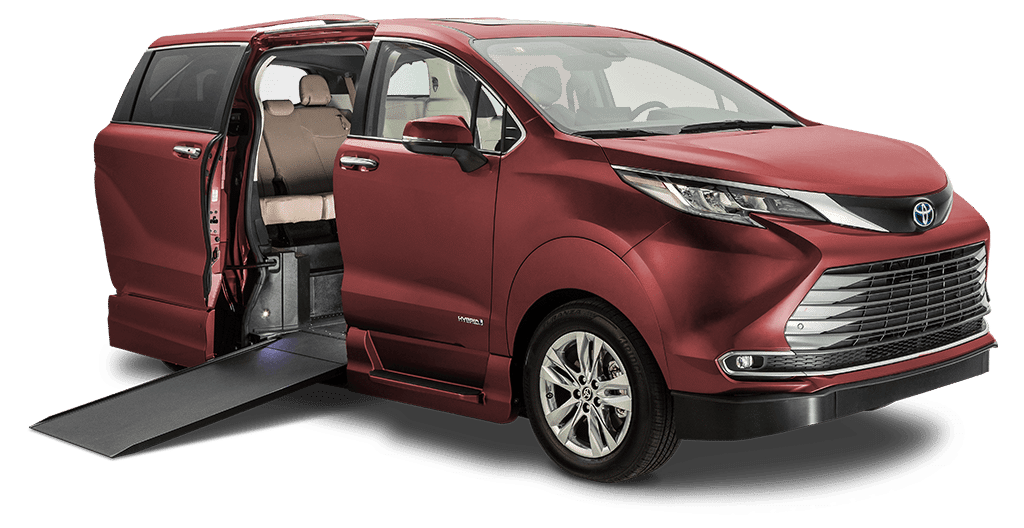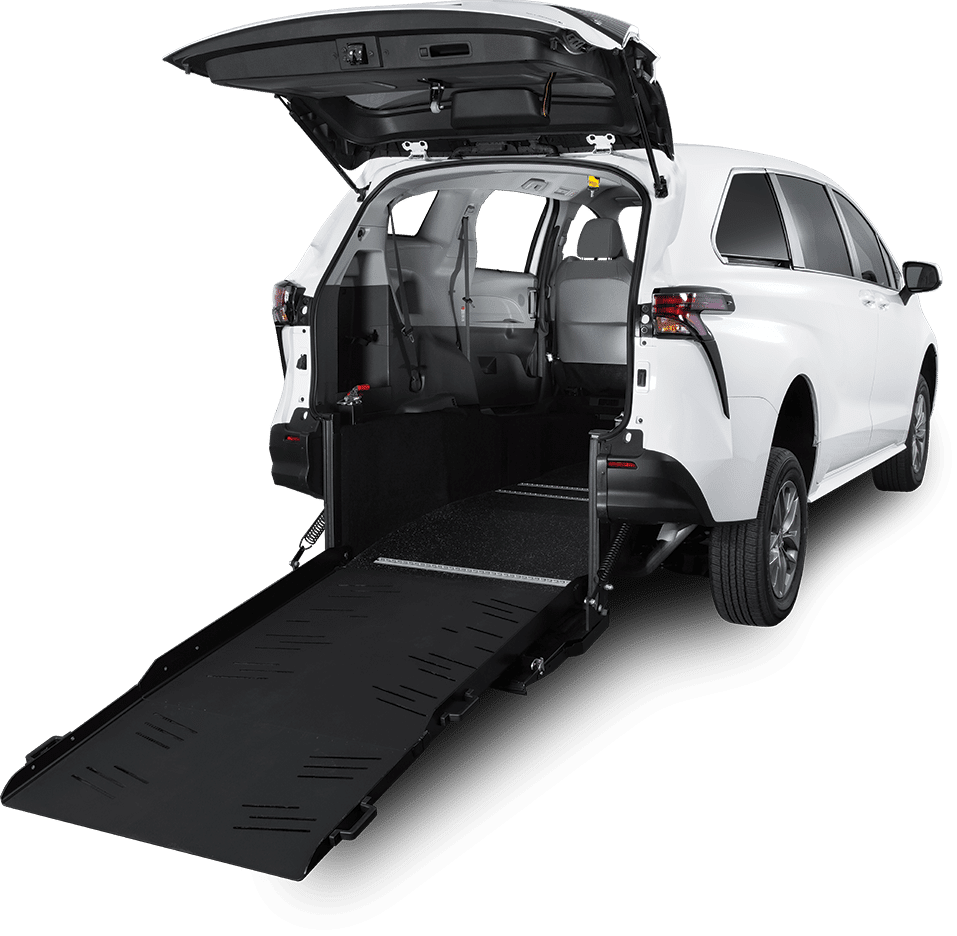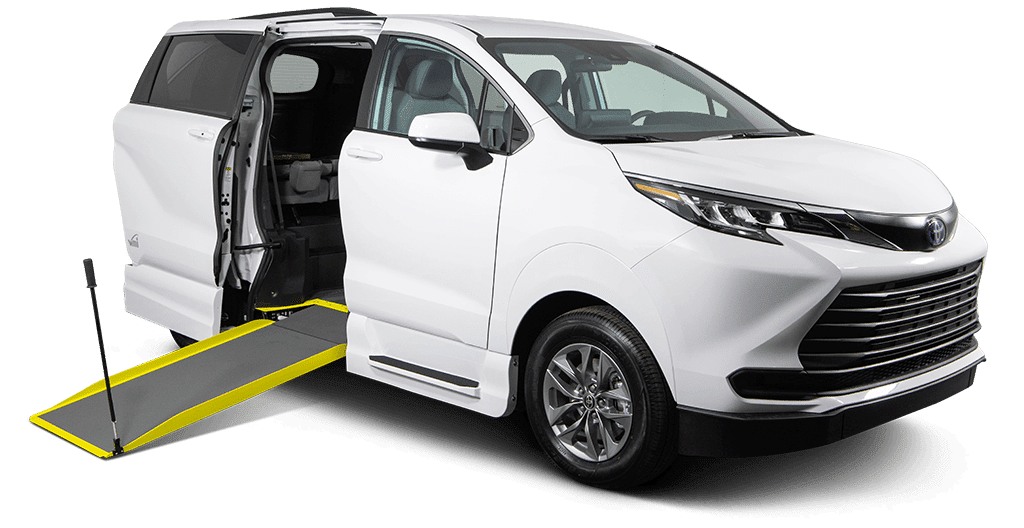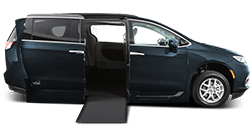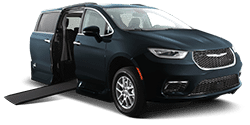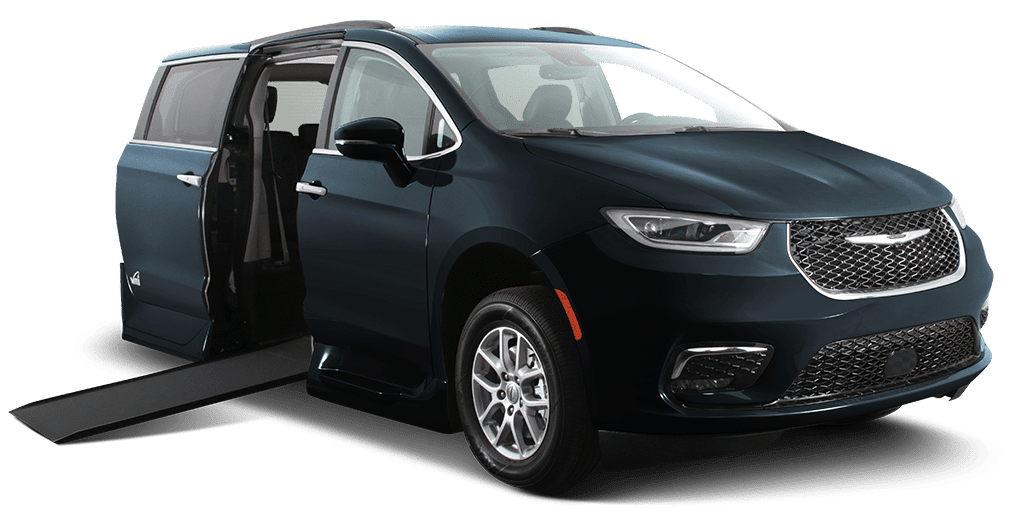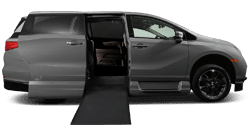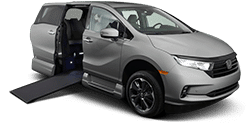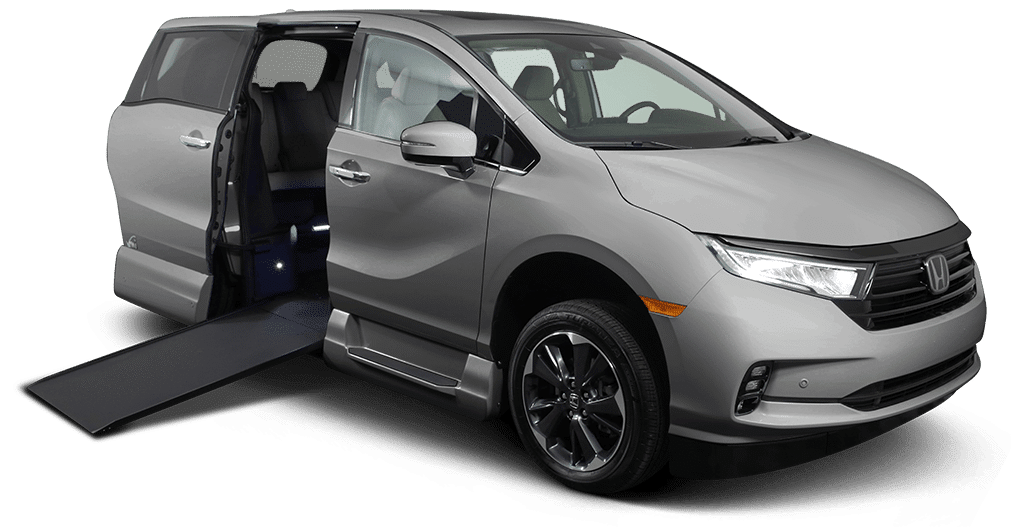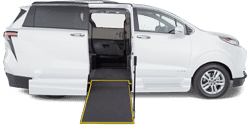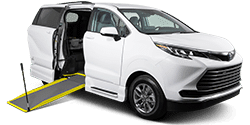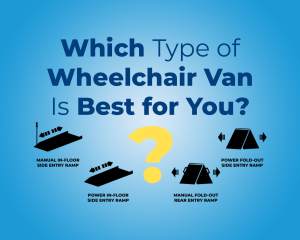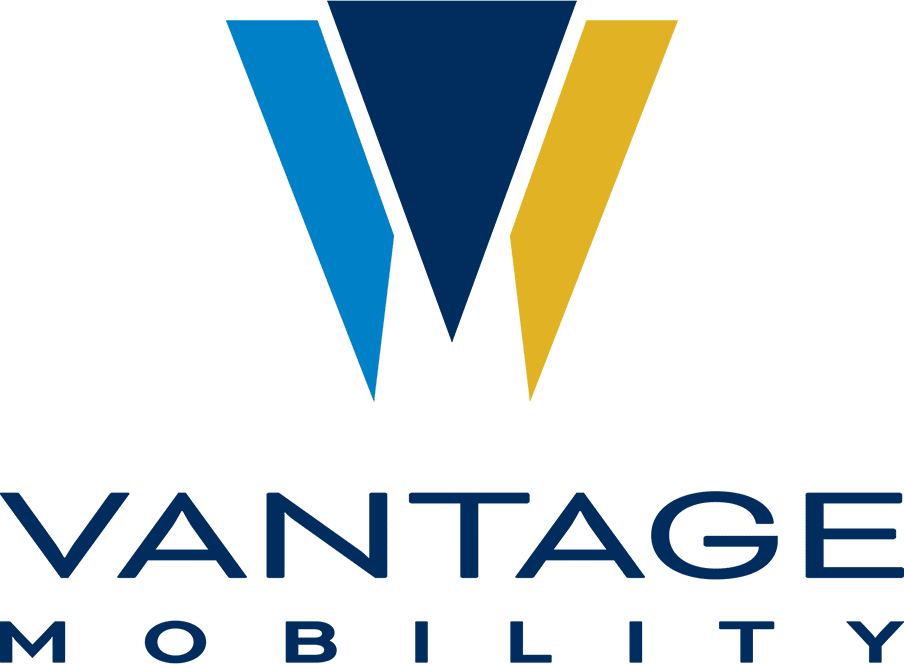What is the Product?
Anyone who has traveled knows the pre-flight safety briefing. In this quick presentation, the pleasant and sometimes entertaining flight attendant walks the passengers through the safety procedures. The basics are covered from “sliding the flat end of your seatbelt into the buckle,” to where to find a life jacket in case the plane makes an unplanned water landing. By the end of the briefing, any passengers paying attention have at least a small grasp of what to do during an emergency. In case of evacuation, everyone is supposed to follow the illuminated lights on the floor until they reach an exit. One problem– what about someone who has a disability? When I fly, my wheelchair isn’t even in the cabin with me, so how am I supposed to get to the exit?
A company is trying to answer this question, and I was lucky enough to get my hands on their product and try it out myself. ADAPTS (A Disabled Passenger Transfer Sling) is a company founded by a retired flight attendant who realized the difficulties surrounding evacuation of passengers with disabilities. The solution they have developed is a flexible sling that makes it easier and more efficient to move passengers with disabilities. Before the plane is boarded, the sling is placed on the seat of an individual with a disability. In case of an emergency, flight attendants and other passengers would be able to be easily lift the sling and evacuate the individual. So how well does it actually work?
Time to Try it Out
I invited a few friends over to help me test the sling. Channeling our inner amateur scientists, we created our own test track in my house to simulate evacuating a plane. To establish a baseline, we first tested carrying me through the course without using the sling. My two friends simply grabbed me under the arms and knees and muscled me around. Once we had a baseline, we decided it was time to test the ADAPTS sling. The sling was placed onto a chair, and I assumed the position. Using the many handles on the sling, my friends were able to lift and carry me through our track. Here are our thoughts:
- Lifting the passenger out of the chair was much easier when using the ADAPTS sling
- Multiple hold points and handles on the sling grants flexibility in a hurry
- In a confined space, the sling would be more efficient than a traditional lift
- This system would be most useful in a planned emergency where a flight attendant could prepare the other passengers to help
What’s the Verdict?
Challenges lie ahead for the widespread adoption of the ADAPTS system. It is a forward looking product in a market that moves very slowly. Will it be standard procedure to see these type of evacuation slings in every plane in the future? I’m not sure.
What I am sure of is that products like this are important for the disabled population. For many companies, people with disabilities are an afterthought. It is encouraging to see a company that is laser focused on creating real-world solutions for people with disabilities.
– Jeff Butler
Stay Tuned for Next Month’s Disability Tech Review!

